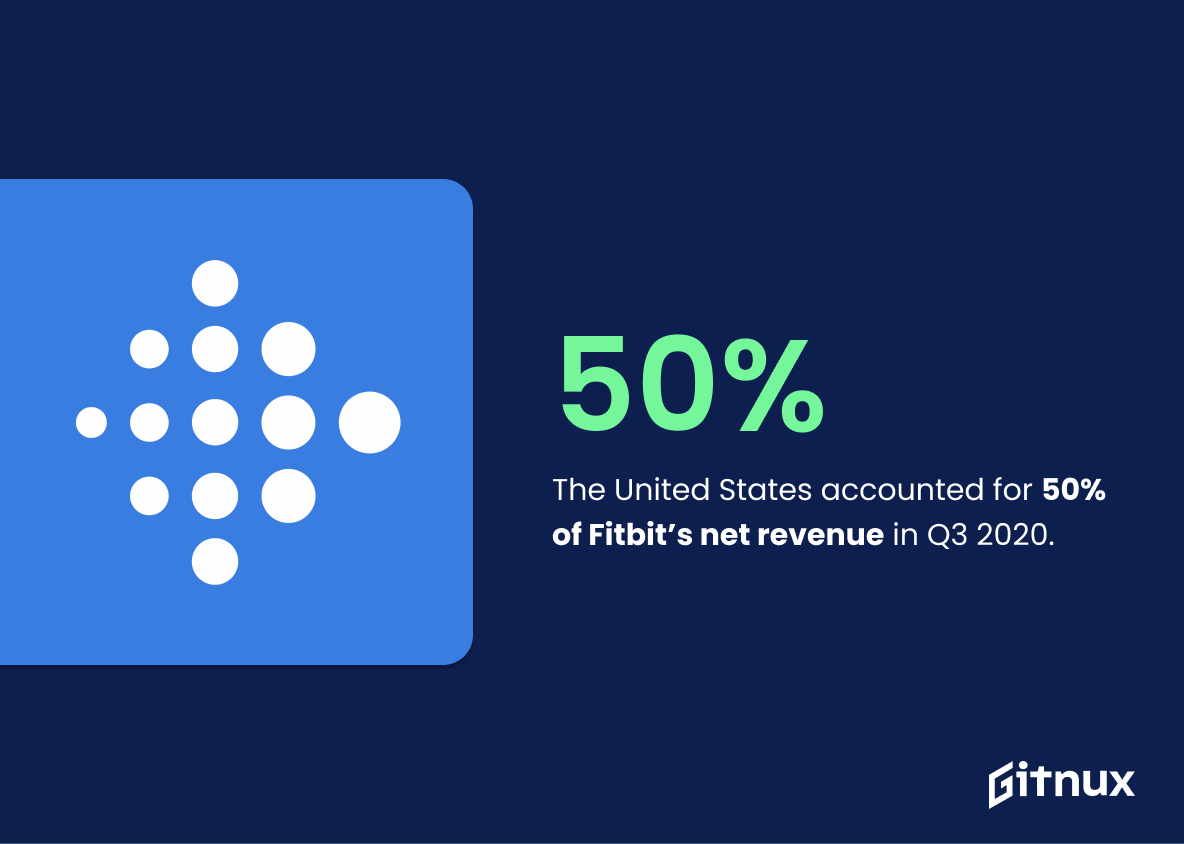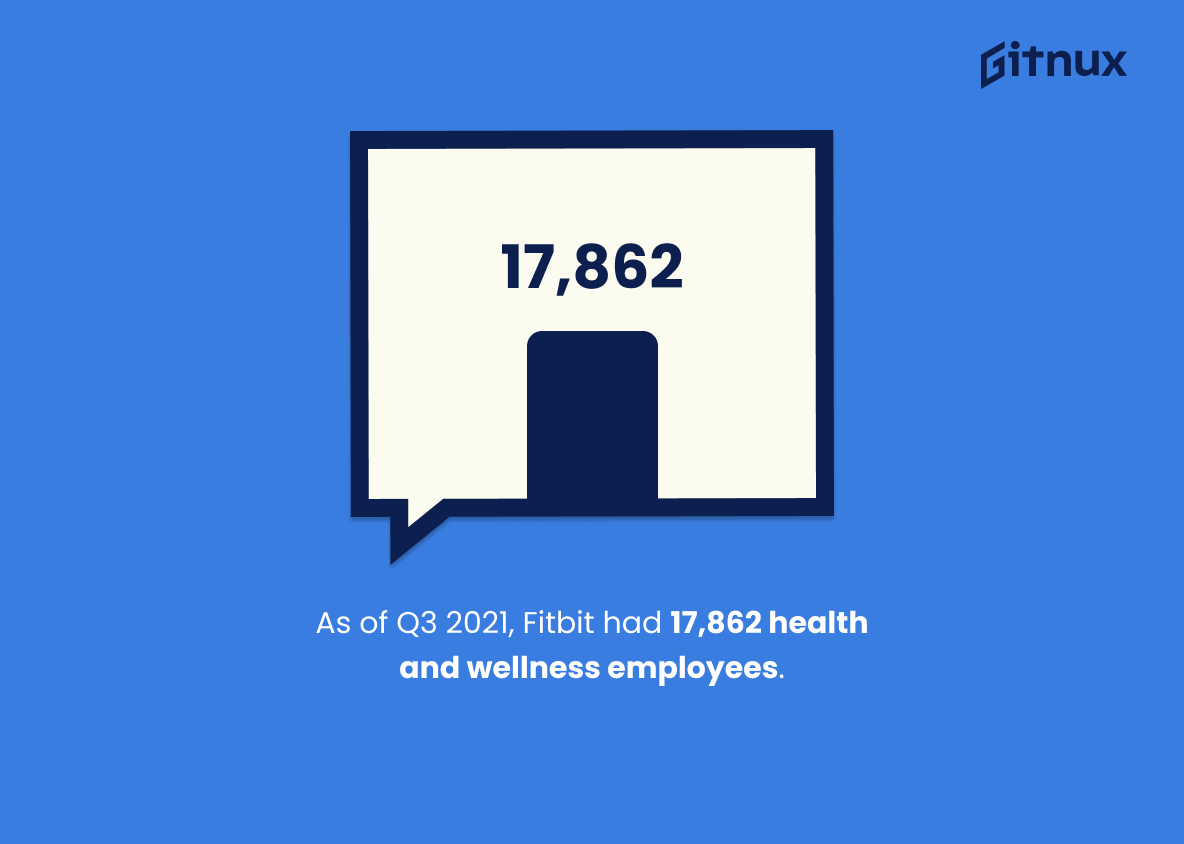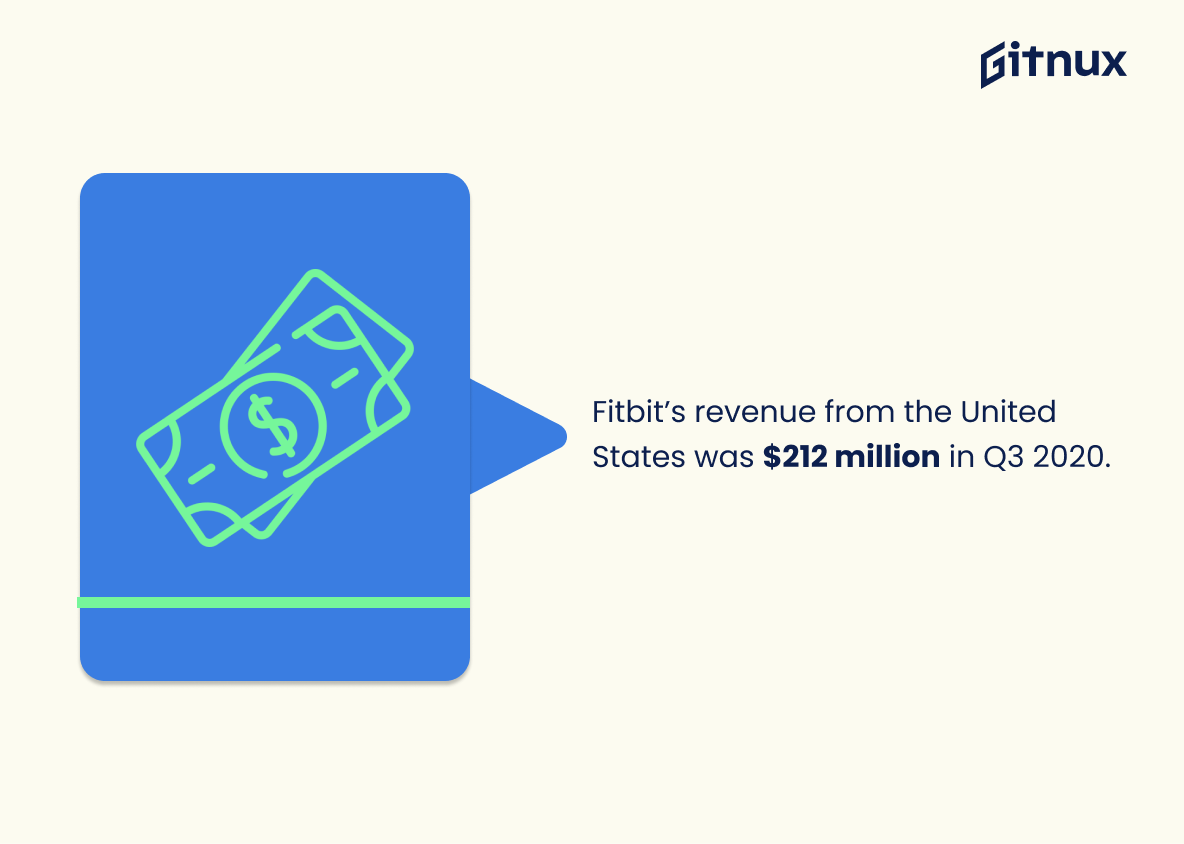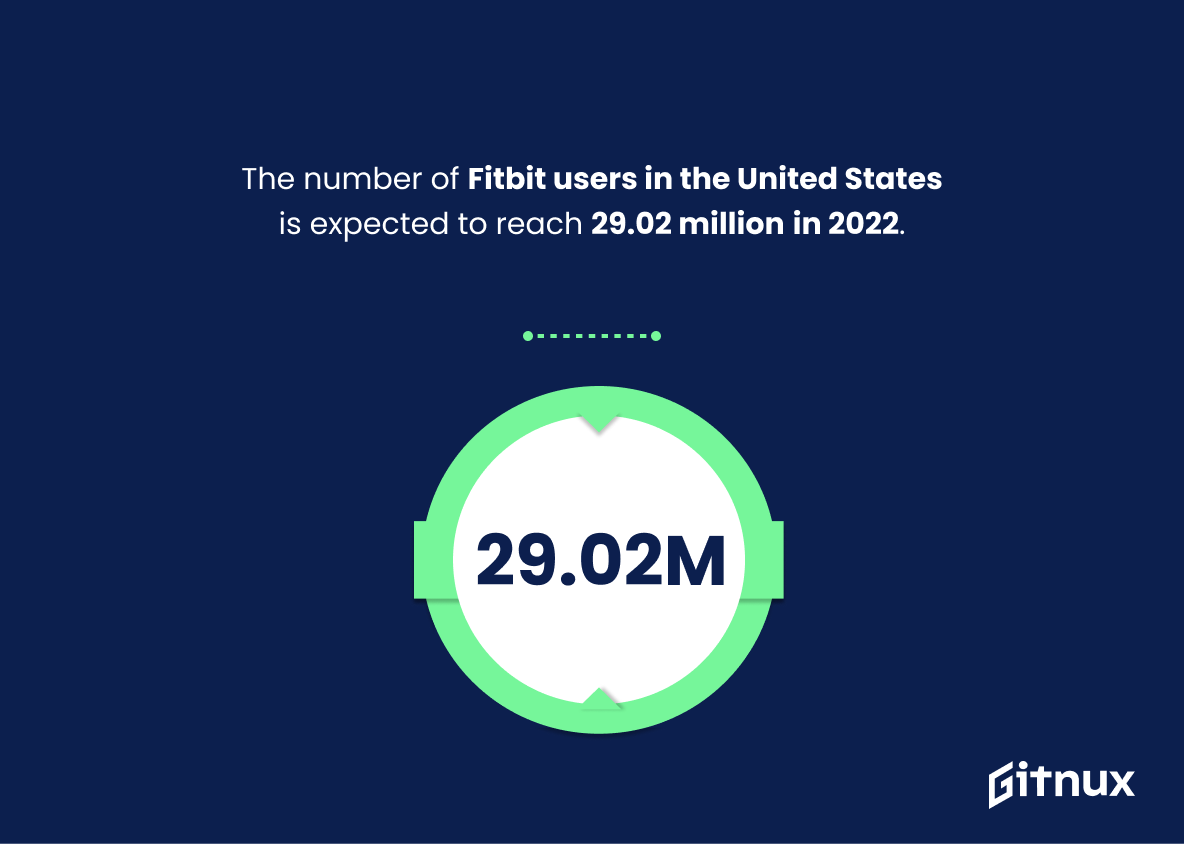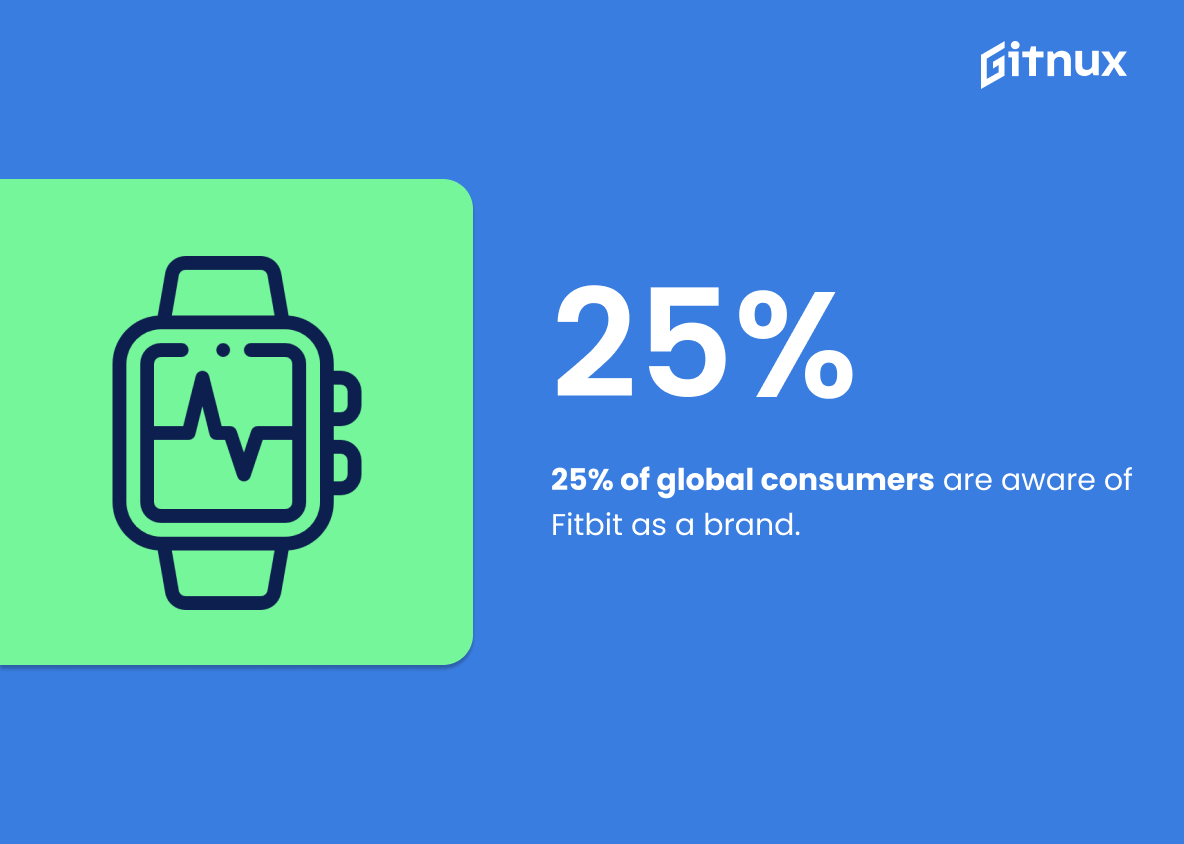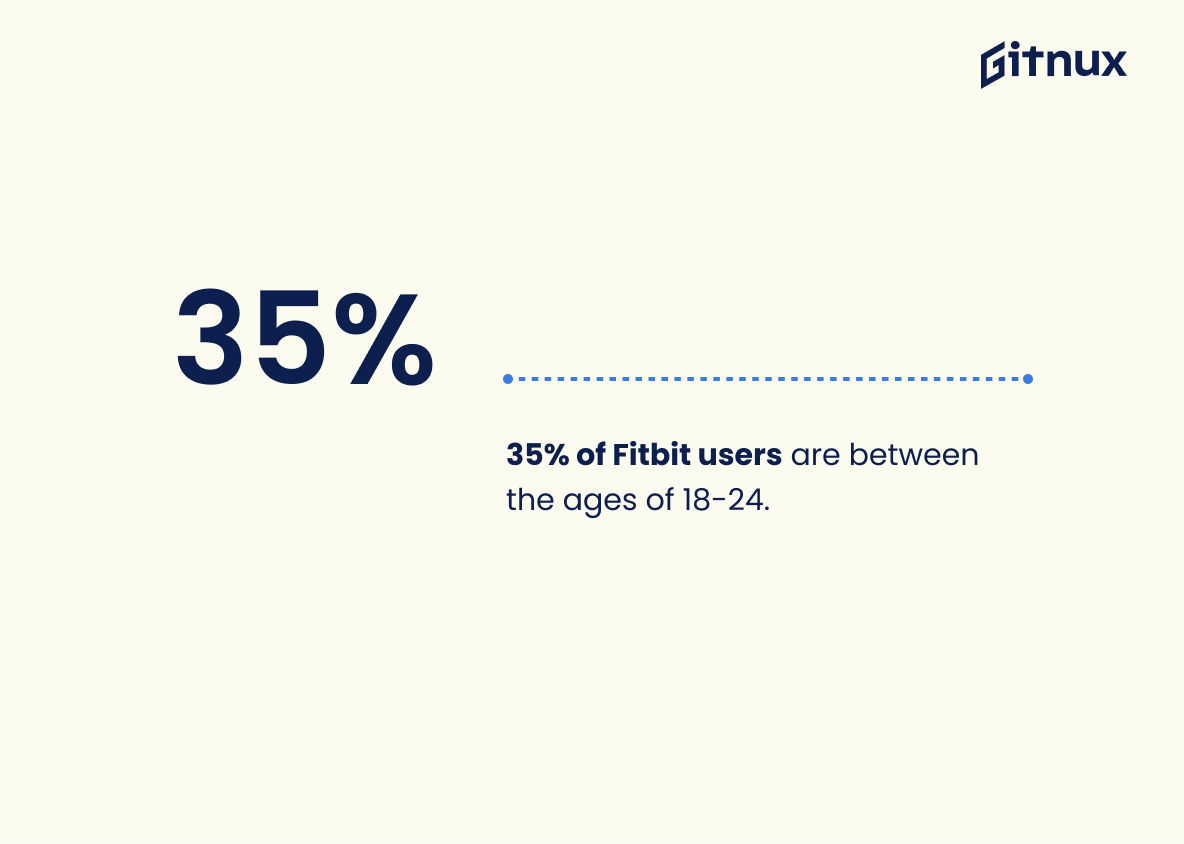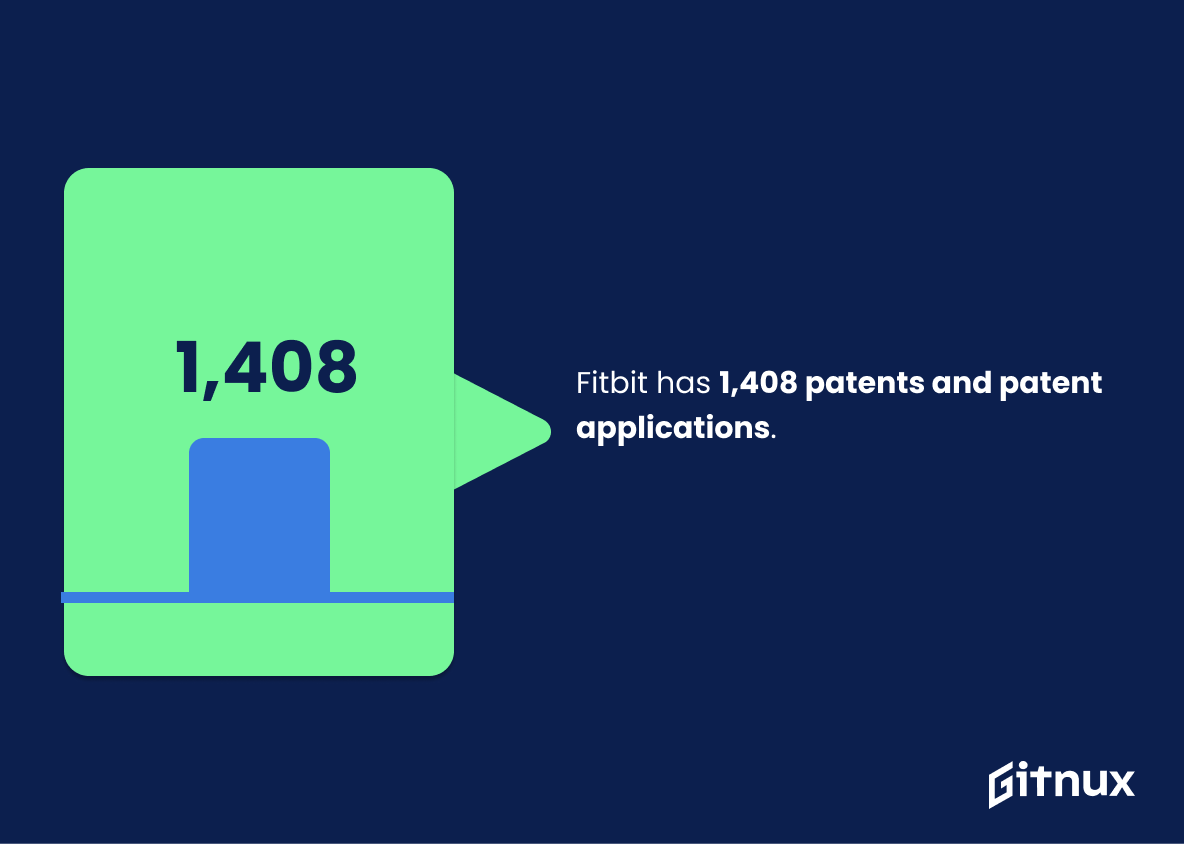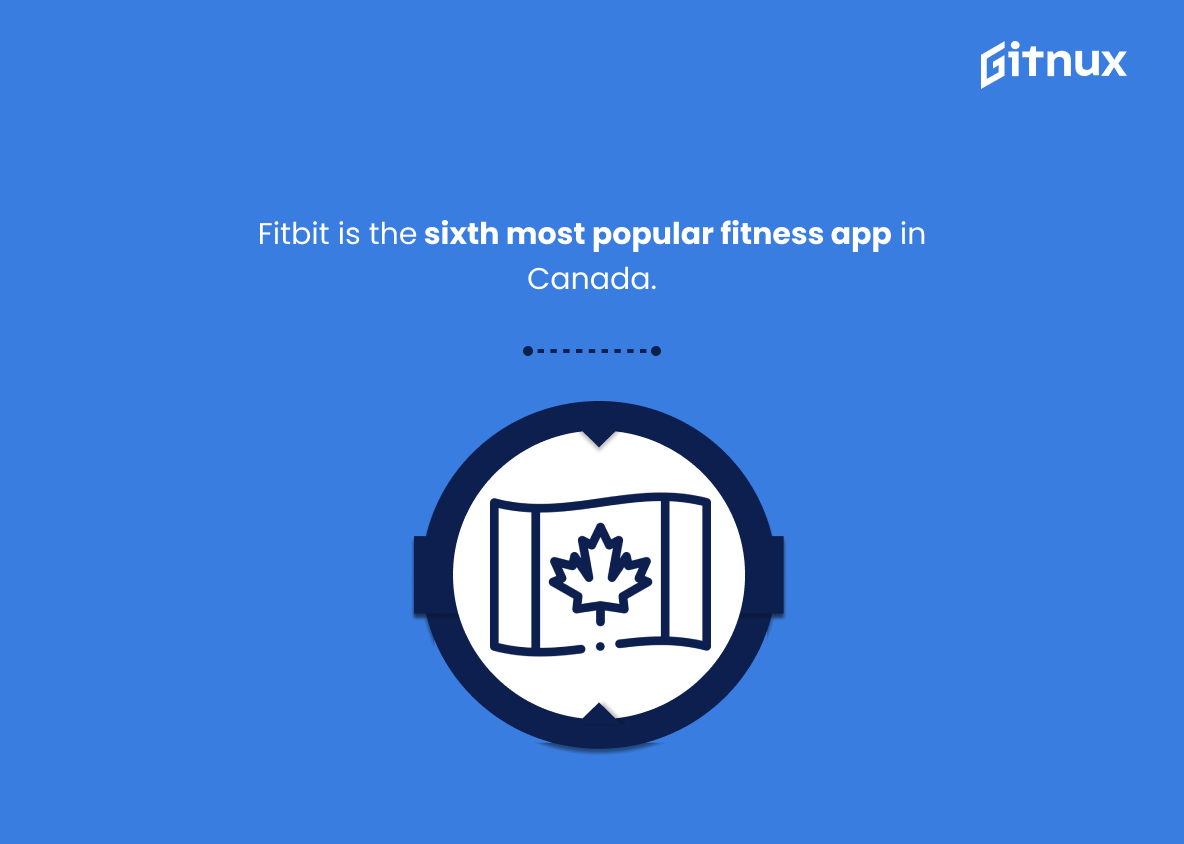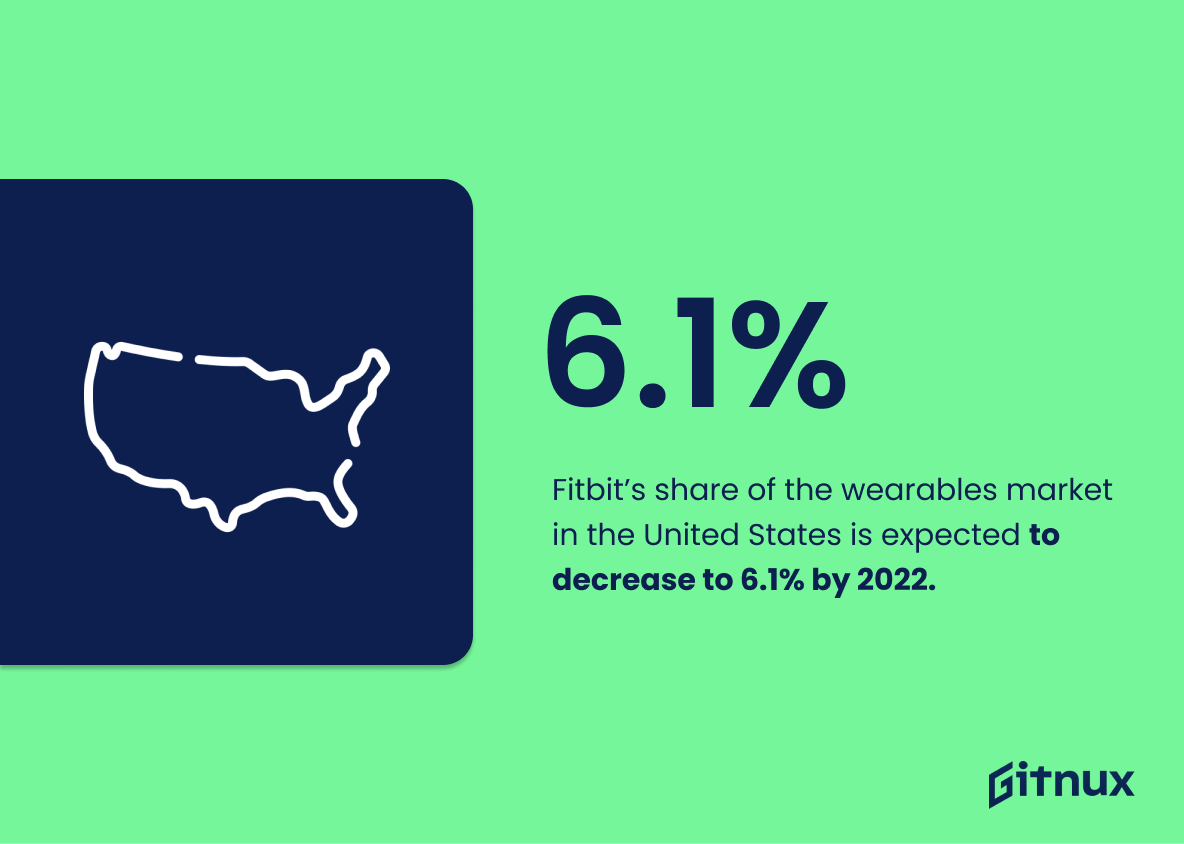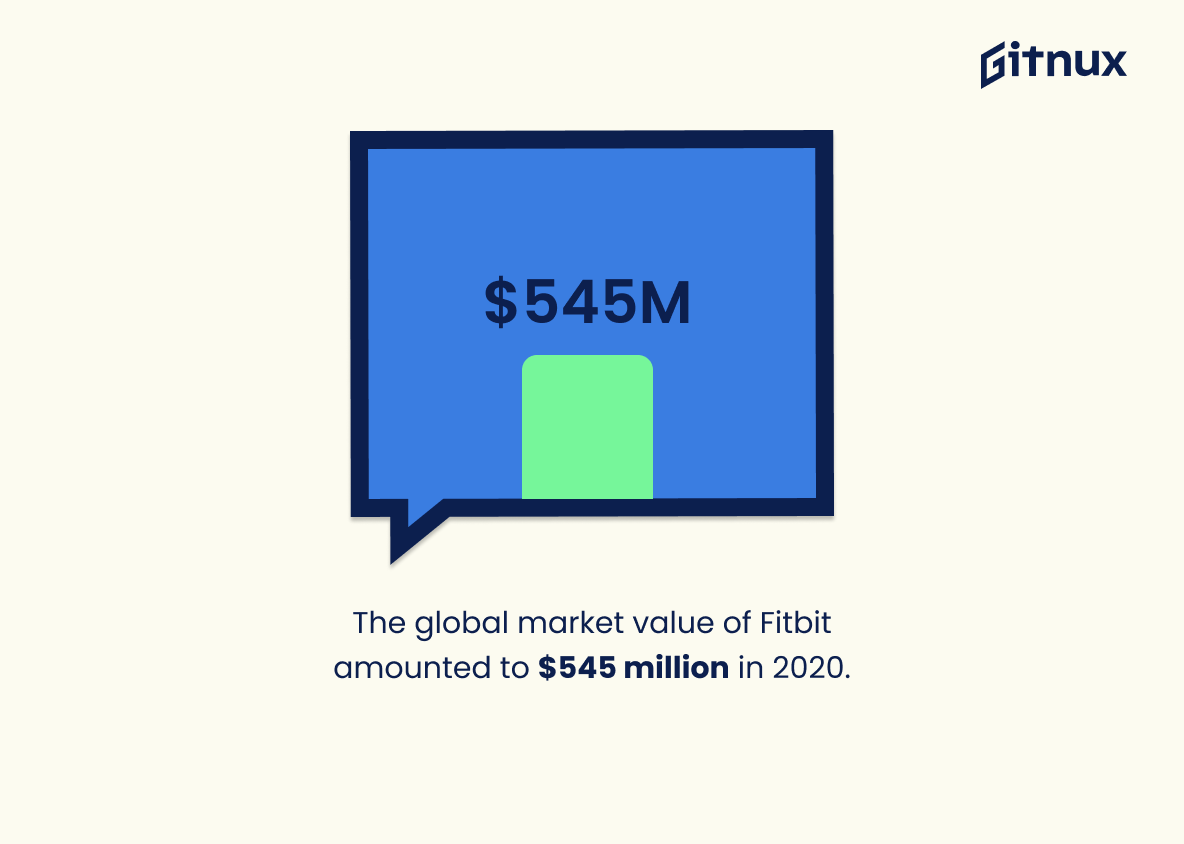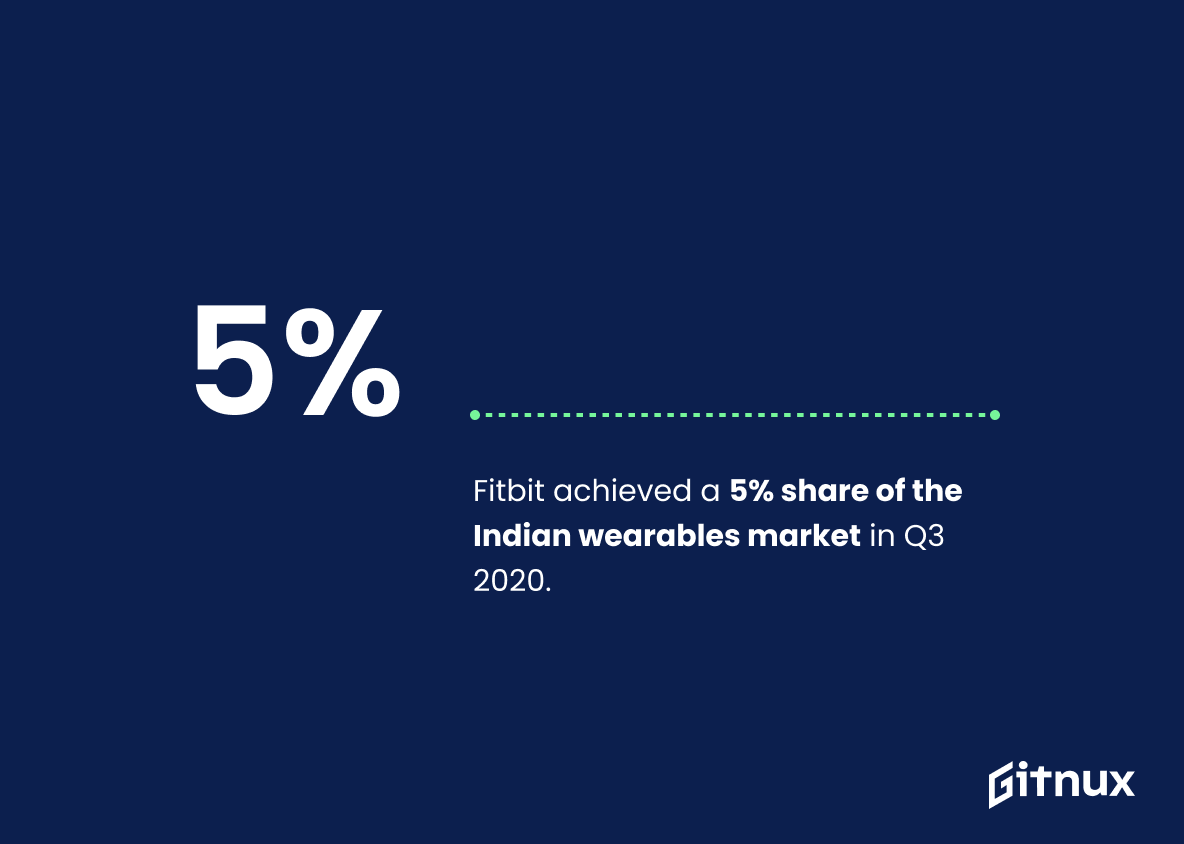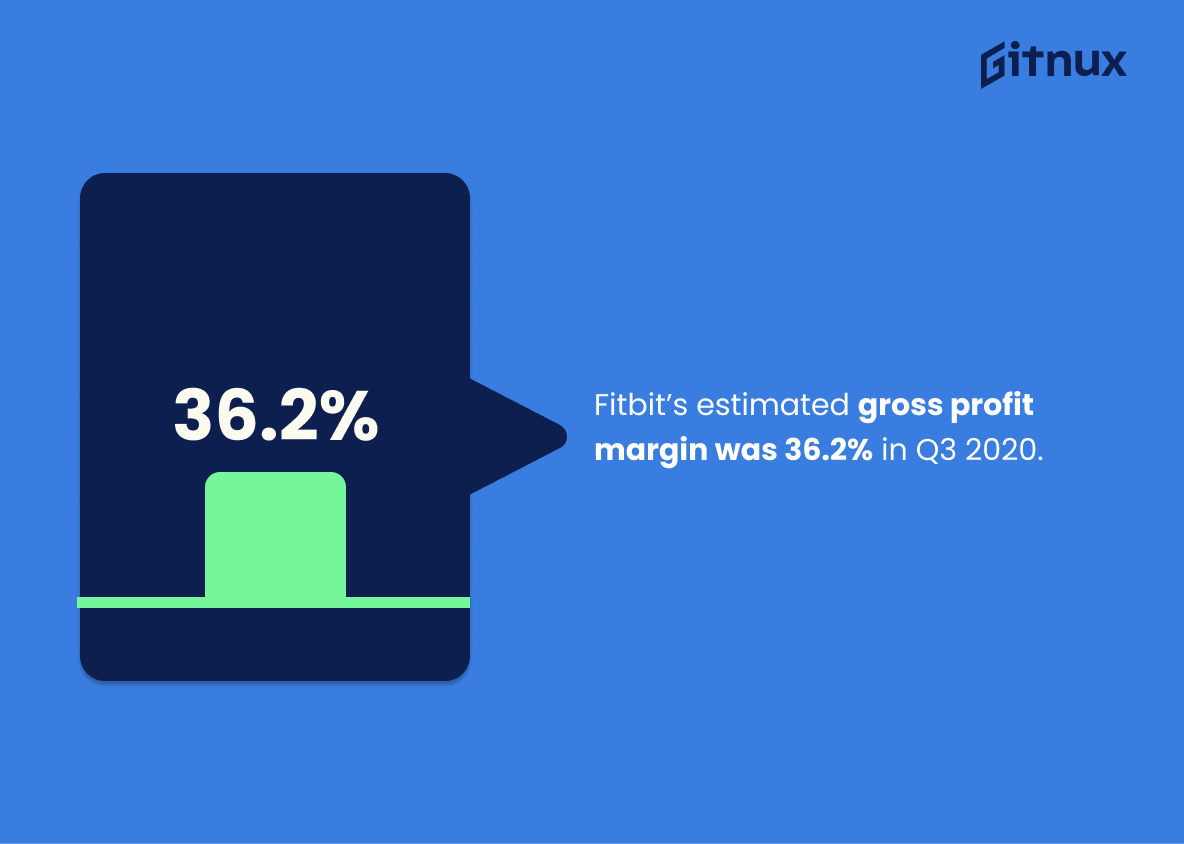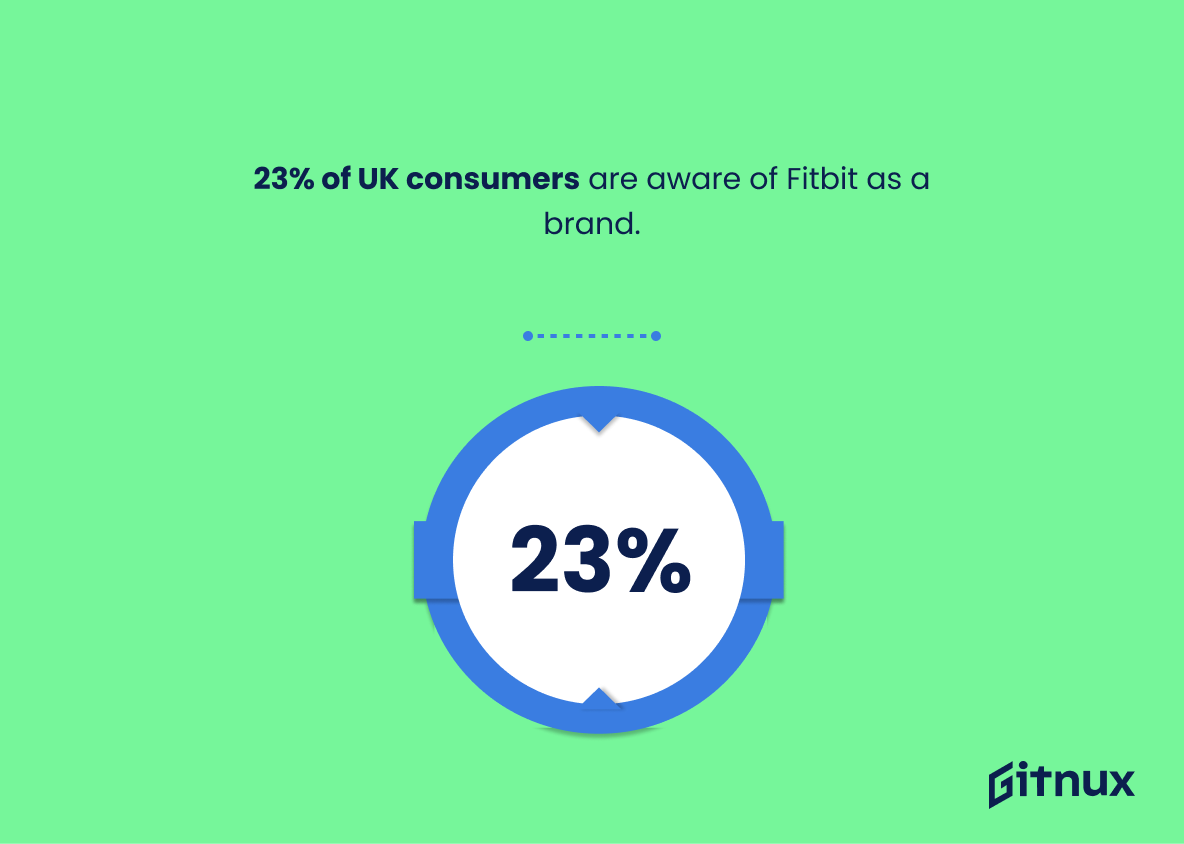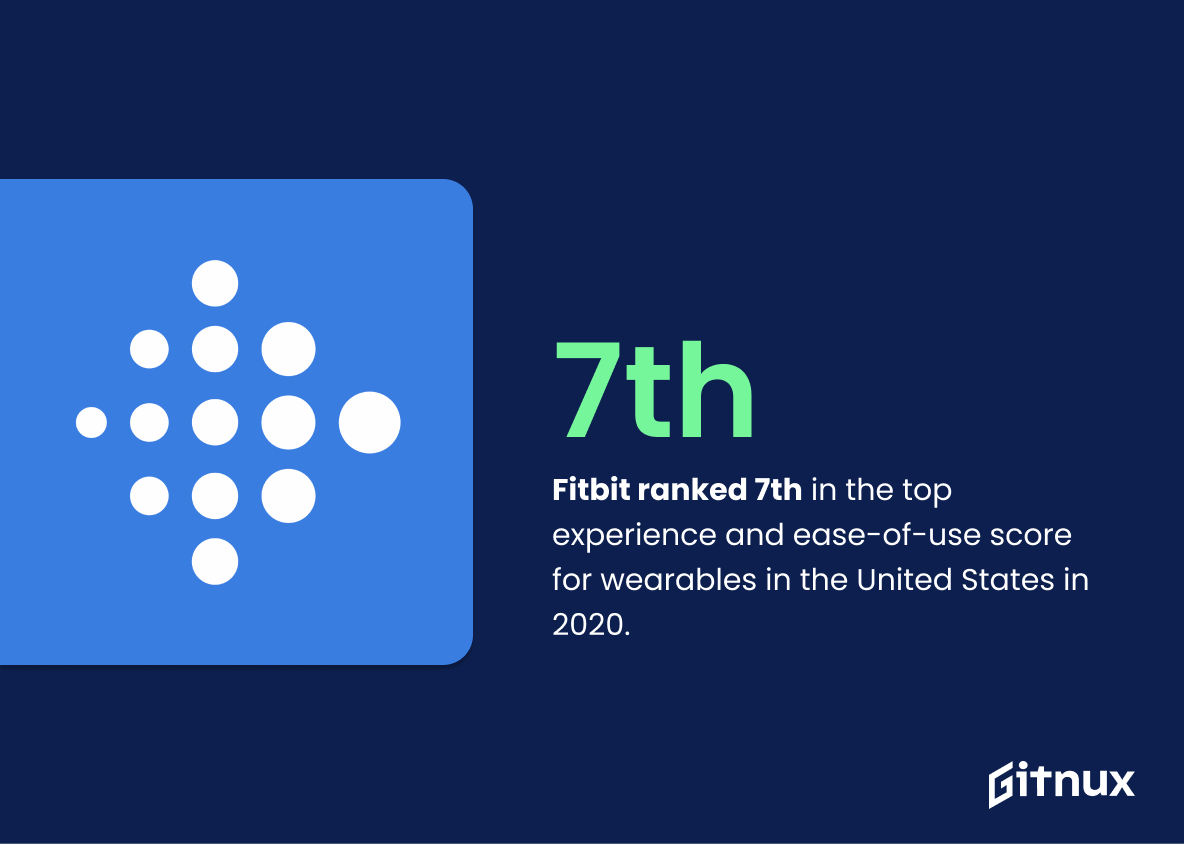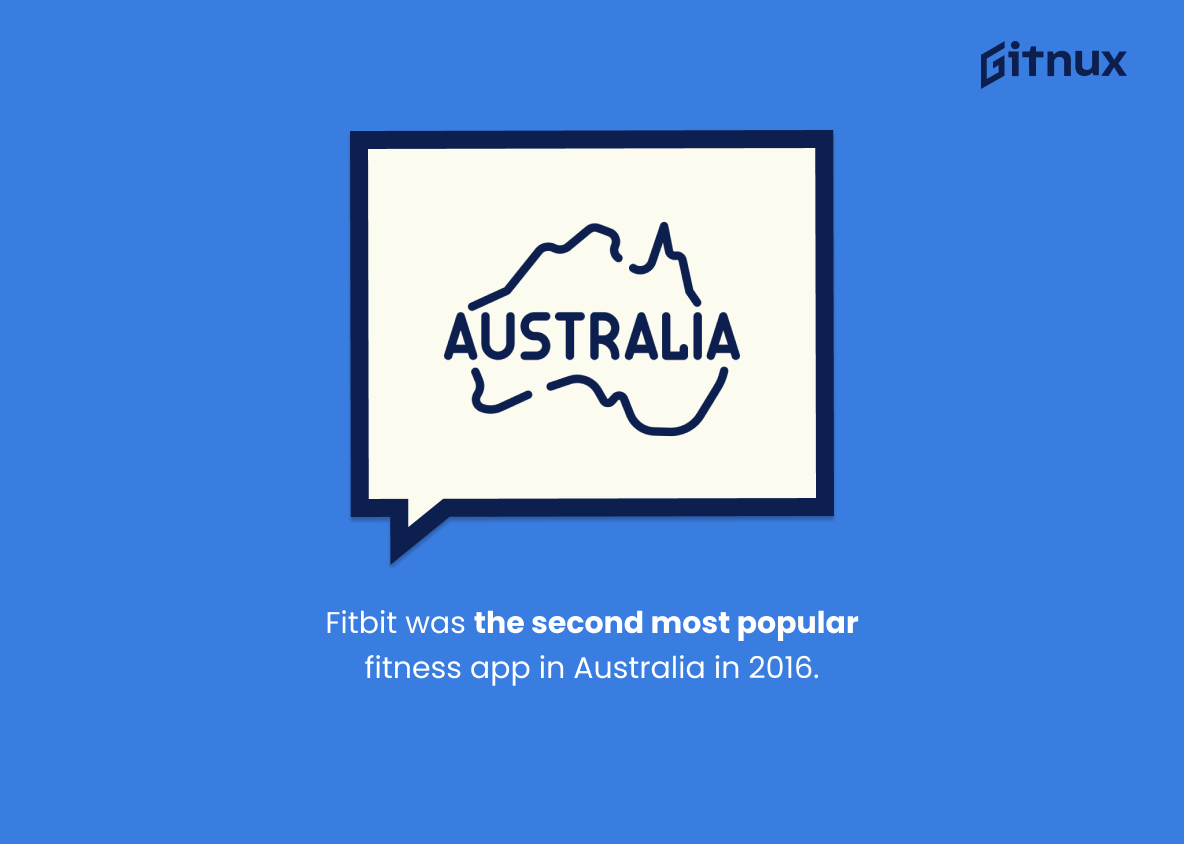The world of fitness and health tracking has seen a major shift in recent years, with Fitbit leading the way. From selling 16 million units in 2019 to having 17,862 health and wellness employees as of Q3 2021, it’s clear that Fitbit is one of the most popular brands when it comes to wearables. In this blog post we will explore some interesting statistics about Fitbit from 2020-2022 including their global revenue, market share worldwide, number of users in different countries and more.
This statistic is a testament to the success of Fitbit in 2019, demonstrating the company’s ability to capture a large portion of the market and remain a leader in the fitness tracking industry. It is a clear indication that Fitbit is a trusted and reliable brand, and that its products are in high demand. This statistic is an important part of any discussion about Fitbit’s success and its place in the fitness tracking industry.
Fitbit’s global revenue amounted to $1.43 billion in 2019.
This statistic is a testament to the success of Fitbit, demonstrating the company’s ability to generate a substantial amount of revenue in 2019. It is a key indicator of the company’s financial health and provides insight into the company’s overall performance. This statistic is essential to understanding the success of Fitbit and is an important part of any discussion about Fitbit’s success.
Fitbit Statistics Overview
The United States accounted for 50% of Fitbit’s net revenue in Q3 2020.
This statistic is a testament to the success of Fitbit in the United States, as it demonstrates that half of the company’s net revenue in Q3 2020 was generated from the US market. This is a significant achievement, as it shows that Fitbit has been able to capture a large portion of the US market and is likely to continue to be a major player in the fitness tracking industry.
As of Q3 2021, Fitbit had 17,862 health and wellness employees.
This statistic is a testament to Fitbit’s commitment to health and wellness. It shows that the company is dedicated to providing its customers with the best possible products and services, and that it is investing in the people who make that possible. It also speaks to the company’s success in the health and wellness industry, as it has been able to attract and retain a large number of employees in this field.
Fitbit’s market share of wearable devices worldwide was 2.4% in 2020.
This statistic is a testament to the success of Fitbit in the wearable device market. It shows that despite the competition, Fitbit has managed to carve out a significant portion of the market and establish itself as a major player in the industry. This statistic is an important indicator of Fitbit’s success and should be included in any blog post about Fitbit Statistics.
Fitbit’s revenue from the United States was $212 million in Q3 2020.
This statistic is a testament to the success of Fitbit in the United States, demonstrating that the company has been able to capitalize on the growing demand for fitness trackers and other health-related products. It also shows that Fitbit has been able to maintain its market share in the US despite the increasing competition from other companies. This is an important indicator of the company’s overall health and success, and is a key statistic to consider when discussing Fitbit’s performance.
The number of Fitbit users in the United States is expected to reach 29.02 million in 2022.
This statistic is a testament to the growing popularity of Fitbit in the United States. It shows that more and more people are turning to Fitbit to track their health and fitness goals, and that the company is continuing to expand its user base. This is an important indicator of the success of Fitbit and its products, and is an important piece of information for anyone interested in the company’s performance.
25% of global consumers are aware of Fitbit as a brand.
This statistic is significant in the context of a blog post about Fitbit Statistics because it demonstrates the reach of the brand. It shows that a quarter of the global population is familiar with Fitbit, indicating that the company has been successful in its marketing efforts and has established itself as a recognizable name in the fitness industry.
65% of Fitbit users are female.
This statistic is significant in the context of a blog post about Fitbit Statistics because it reveals the gender breakdown of Fitbit users. It is important to note that the majority of Fitbit users are female, as this could indicate that the product is more popular among women than men. This could be due to the fact that Fitbit offers a variety of features that are tailored to the needs of female users, such as menstrual cycle tracking and female health tracking. Knowing this information can help marketers better target their campaigns and tailor their products to the needs of their customers.
35% of Fitbit users are between the ages of 18-24.
This statistic is significant in understanding the demographic of Fitbit users. It reveals that a large portion of the Fitbit user base is comprised of young adults, indicating that the product is popular among this age group. This information can be used to inform marketing strategies and product development decisions, as well as to better understand the preferences of this demographic.
More than 40% of Fitbit users in the US have a yearly household income above $100,000.
This statistic is significant in the context of a blog post about Fitbit Statistics because it demonstrates the reach of the product. It shows that Fitbit is not just a product for those with lower incomes, but is also popular among those with higher incomes. This indicates that Fitbit is a product that appeals to a wide range of people, regardless of their financial situation.
Fitbit has 1,408 patents and patent applications.
The sheer number of patents and patent applications held by Fitbit speaks volumes about the company’s commitment to innovation. It’s clear that Fitbit is dedicated to pushing the boundaries of what’s possible in the world of fitness tracking and health monitoring. This statistic is a testament to the company’s dedication to staying ahead of the curve and continuing to provide its customers with the best possible products and services.
Fitbit is the sixth most popular fitness app in Canada.
This statistic is a testament to the success of Fitbit in Canada, highlighting its popularity among fitness enthusiasts. It shows that Fitbit is a trusted and reliable source for tracking fitness goals, and is a great resource for Canadians looking to stay active. This information is invaluable for a blog post about Fitbit Statistics, as it provides a snapshot of the app’s success in the Canadian market.
Fitbit’s share of the wearables market in the United States is expected to decrease to 6.1% by 2022.
This statistic is a telling indication of the future of Fitbit in the United States. With the wearables market projected to shrink to 6.1%, it is clear that Fitbit will need to find ways to remain competitive and relevant in the market. This statistic is a reminder that Fitbit must stay ahead of the curve in order to remain a leader in the wearables market.
The global market value of Fitbit amounted to $545 million in 2020.
This statistic is a testament to the success of Fitbit in 2020, highlighting the company’s impressive growth in the global market. It is a key indicator of the brand’s popularity and success, and is an important piece of information to consider when discussing Fitbit’s performance.
Fitbit achieved a 5% share of the Indian wearables market in Q3 2020.
This statistic is a testament to Fitbit’s success in the Indian wearables market, demonstrating that the company has been able to capture a significant portion of the market in a relatively short period of time. It is a clear indication that Fitbit is a major player in the Indian wearables market and is likely to remain so in the future. This statistic is an important piece of evidence for anyone looking to understand the current state of the Indian wearables market and the role that Fitbit plays in it.
Fitbit’s estimated gross profit margin was 36.2% in Q3 2020.
The fact that Fitbit’s estimated gross profit margin was 36.2% in Q3 2020 is a testament to the company’s success in the market. It shows that Fitbit is able to generate a healthy profit from its operations, which is a sign of a strong and well-managed business. This statistic is a great indicator of Fitbit’s financial health and provides insight into the company’s ability to generate revenue and remain competitive in the market.
23% of UK consumers are aware of Fitbit as a brand.
This statistic is significant in the context of a blog post about Fitbit Statistics as it demonstrates the level of brand recognition Fitbit has achieved in the UK. It shows that a large portion of the population is familiar with the brand, indicating that Fitbit has been successful in its marketing efforts.
Fitbit ranked 7th in the top experience and ease-of-use score for wearables in the United States in 2020.
This statistic is a testament to the quality of Fitbit’s products, demonstrating that they are highly rated for their user experience and ease of use. It is a powerful indicator of the brand’s commitment to providing a positive experience for their customers, and is a great point to highlight in a blog post about Fitbit Statistics.
Fitbit was the second most popular fitness app in Australia in 2016.
This statistic is a testament to the success of Fitbit in Australia in 2016, demonstrating that the app was a popular choice among fitness enthusiasts in the country. It is a powerful indicator of the app’s success and provides a strong foundation for further discussion about the impact of Fitbit in the Australian market.
Conclusion
Fitbit has seen tremendous success in the wearables market, selling 16 million units and generating $1.43 billion in revenue globally in 2019. The United States accounted for 50% of Fitbit’s net revenue in Q3 2020, while 25% of global consumers are aware of Fitbit as a brand. As of Q3 2021, Fitbit had 17,862 health and wellness employees worldwide and its share of the wearable devices market was 2.4%. In addition to this impressive growth rate over recent years, 65% of users are female with 35% between 18-24 years old; 40+ percent have an annual household income above $100k; 1,408 patents/applications have been filed by them; they rank 7th on experience & ease-of-use score for US wearables (2020); their estimated gross profit margin is 36%; 23 % UK consumer awareness & were second most popular fitness app Australia 2016). With such strong figures across all metrics it appears that there is no sign yet that the company will slow down anytime soon.
References
0. – https://www.statista.com
